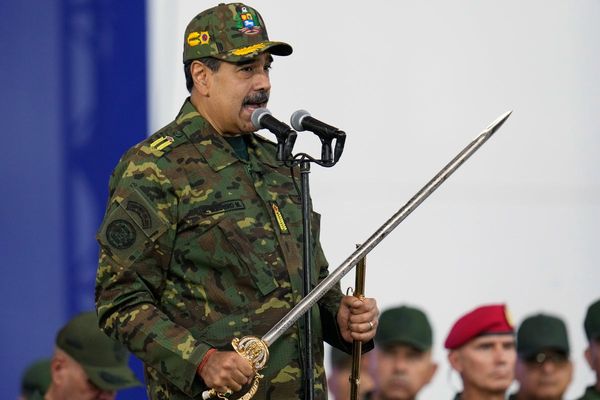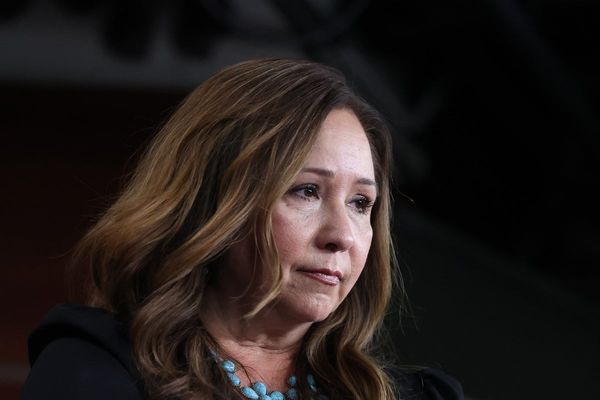A recent Gazette notification regarding the creation of the Indian Railway Management Service (IRMS) marks a paradigm shift in the management of one of the world’s largest rail networks. Eight out of 10 Group-A Indian Railway services have been merged to create the IRMS. They are: Indian Railway Traffic Service (IRTS), Indian Railway Personnel Service (IRPS), Indian Railway Accounts Service (IRAS), Indian Railway Service of Electrical Engineers (IRSEE), Indian Railway Service of Signal Engineers (IRSS), Indian Railway Service of Mechanical Engineers (IRSME), Indian Railway Service of Civil Engineers (IRSE) and Indian Railway Stores Service (IRSS).
Through the UPSC
This marks one of the biggest bureaucratic transformations in India since Independence. A nearly 8,000 strong cadre of the erstwhile eight services is now merged into one.
Besides removing silos, this restructuring also aims at rationalising the top-heavy bureaucracy of the Indian Railways. Rather than getting into a debate over the decision to create the IRMS, it is worthwhile discussing what lies ahead for future IRMS applicants. About four lakh applicants will apply for the IRMS through the Union Public Service Commission (UPSC); it is important to figure out what the job demands for the next 30-odd years of their career and whether they have the right aptitude for the role the job demands.
Coordinated work
A typical day for an Indian Railways officer (in field postings) begins at 6 a.m.; there are also control office calls at odd hours in the night. For a railway officer, every day of the year is practically a working day, and he/she has to prove their mettle every single day. Maintaining safety of operations and ensuring the punctuality of trains require a wide set of skills, from engineering to coordination. The adoption of the latest technology and improving the efficiency of logistics operations require continuous updating of knowledge. The job of a railway officer is not meant for those looking for a fixed hours work profile.
Training the future leaders of India’s public transporter in the rapidly evolving logistics sector of the country is the most important task ahead. The fact remains that even after the creation of the IRMS, the 8,000 strong (already serving) officers of the Indian Railways will need to work in coordination and not in silos, as they will be serving in the organisation for decades to come. Though the UPSC will recruit a few hundred IRMS officers each year from now, they will remain much less in number when compared to already serving officers for a long time to come. This highlights the importance of training of the existing cadre of officers as they will have to deliver on the ambitious Gati-Shakti projects.
Also read | Railways planning major restructuring
The task of training such a dynamic talent pool assumes importance in view of India’s aspirations of becoming a $5 trillion economy and an economic powerhouse in the near future. The Indian Railways will play a very crucial role in achieving key objectives with its prestigious projects such as a network of dedicated freight corridors, high speed rail corridors, station re-development projects, the induction of Vande Bharat trains on a large scale, and other projects of strategic importance. All this will require a massive revamp of the capacity building ecosystem of the Indian Railways.
Chance for revamped training
The merger of services provides an opportunity to redesign the training for newly recruited IRMS officers to make them future ready. Initial training along with mid-career training programmes may be reoriented. The focus should be to create capacity to manage the verticals of operations and business development, infrastructure development and maintenance, traction and rolling stock, and finance and human resource management.
The IRMS training needs to be a design based on competencies required for different leadership roles. Mission Karmayogi of the Government of India provides for competencies based postings of officers. Accordingly, domain, function and behaviour-related competencies will need to be mapped for the IRMS. The Integrated Government Online Training (iGOT) programme of the Government of India will be instrumental in shaping the career progression of IRMS officers.
Future IRMS officers should be ready to face the challenges of working in an organisation which is involved in round the clock and round the year operations, has substantial social obligations to meet and, at the same time, which must earn for itself. Leading the transformation of more than a million workforce to meet the needs of Gati Shakti goals is not an easy task. Young graduates who will be opting for the IRMS through the civil services examination should be aspirational and agile learners. They have the opportunity not only to serve the country’s lifeline but also to turbocharge the engine of the economy.
Rajesh Gupta is Director (Skill Development, Labour and Employment), NITI Aayog. Dr. Kamlesh Gosai is Deputy Director General in the National Academy of Indian Railways. The views expressed are personal







